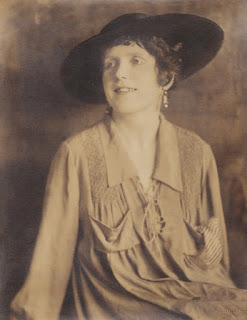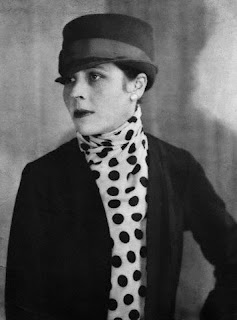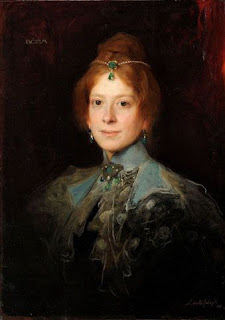In 1961, Leiris was made head of research in ethnography at the C.N.R.S. (Centre national de la recherche scientifique) and published numerous critical texts on artists he admired, including Francis Bacon, a close friend for whom he had modeled. Considered a leading figure in 20th century French literature, Michel Leiris left a considerable number of works, as diverse as they are numerous: autobiographical works, art criticism, music criticism and scientific contributions.
With Jean Jamin, Leiris founded Gradhiva, a journal of anthropology in 1986. The journal is now the journal of anthropology and museology of the Musée du quai Branly (Paris, France).
Leiris was also a talented poet, and poetry was important in his approach to the world.
- "I have my auburn hair cut short to keep it from curling..." https://books.google.it/books…








































